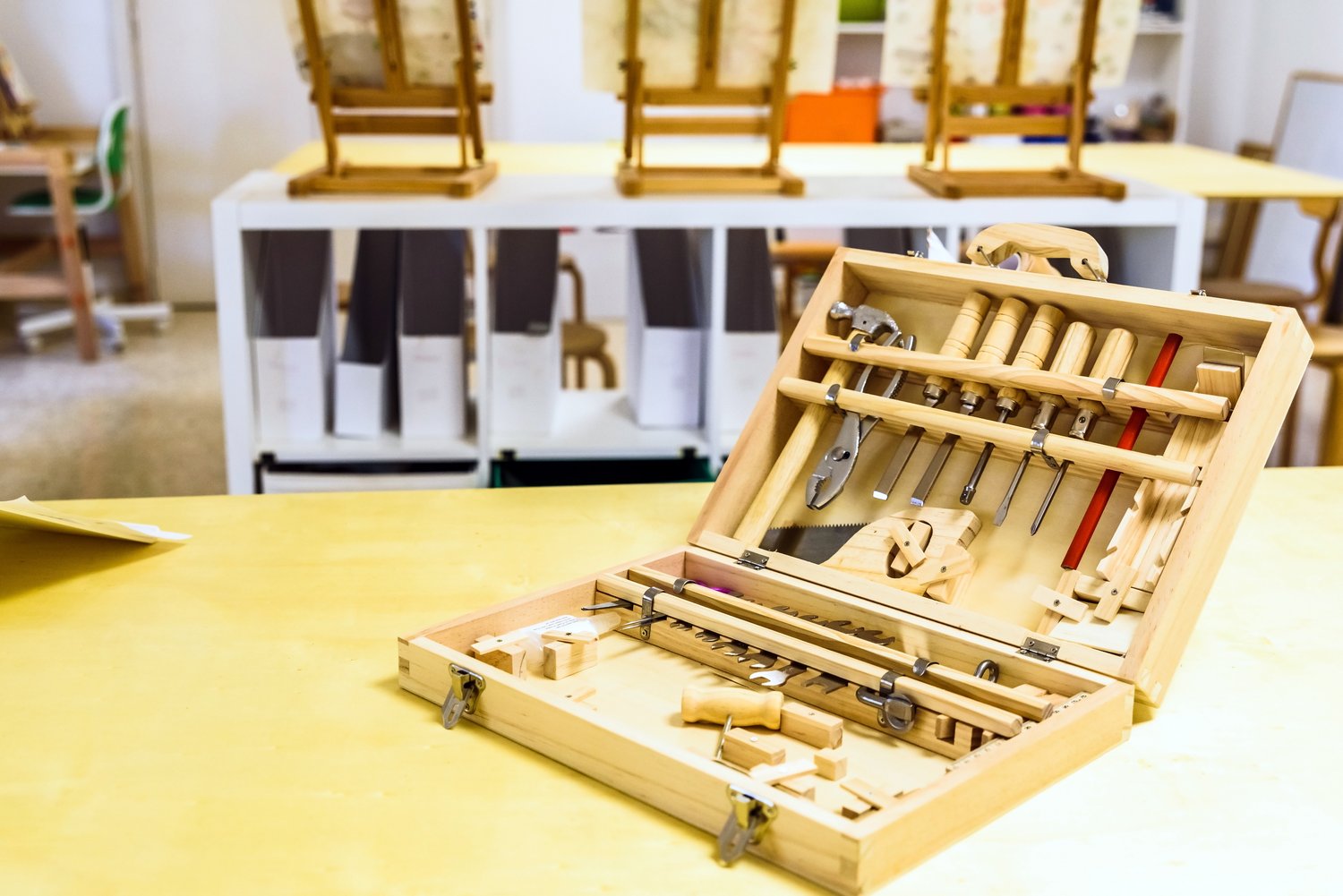Understanding basic woodworking tools
Woodworking is a craft that requires specific tools for various tasks. These tools range from simple hand tools to complex power tools. Every woodworker needs a set of essential tools to get started. A good quality hammer, for instance, is crucial for driving nails and removing them when necessary. Chisels are indispensable for cutting and shaping wood. Most beginners start with a set of four chisels: 1/4 inch, 1/2 inch, 3/4 inch, and 1 inch. Measuring tools, such as tape measures and squares, ensure accuracy in your projects.
Saws are fundamental woodworking tools that come in various types. Hand saws are versatile and don’t require electricity. Circular saws, on the other hand, are power tools that make quick, straight cuts. A jigsaw is excellent for cutting curves and intricate shapes. Planes help smooth and shape wood surfaces. Block planes, which are typically 6 to 7 inches long, are perfect for small jobs and fine-tuning. Screwdrivers are essential for assembling projects and come in different sizes and types, including flathead and Phillips head.
Clamps are vital for holding pieces together while glue dries or during cutting operations. C-clamps and bar clamps are two common types used in woodworking. A workbench provides a stable surface for your projects and often includes vises for holding workpieces. Many woodworkers build their own benches to suit their specific needs. Safety equipment is crucial and includes items like safety glasses, hearing protection, and dust masks. These protect you from potential hazards while working with wood and power tools.
Sandpaper is used to smooth wood surfaces and comes in various grits. Lower numbers, like 60 or 80, are coarser and used for initial sanding. Higher numbers, such as 220 or 320, are finer and used for finishing. Wood glue is essential for joining pieces together. There are different types of glue for various applications, including waterproof glues for outdoor projects. A drill is necessary for making holes and driving screws. Cordless drills offer convenience, while corded drills provide consistent power for extended use.
Power tools for advanced woodworking
As woodworkers advance in their craft, they often invest in more specialized power tools. A table saw is a cornerstone of many woodworking shops, allowing for precise, straight cuts. These saws come in various sizes, with 10-inch blade diameters being common for home workshops. Miter saws are excellent for making angled cuts, crucial for tasks like crown molding or picture frames. They typically come in 10 or 12-inch sizes and can make cuts at angles up to 45 degrees.
Router tables expand the capabilities of handheld routers, allowing for more precise and complex operations. They’re particularly useful for creating decorative edges and joinery. Planers and jointers help prepare rough lumber for use in projects. A typical benchtop planer can handle boards up to 12 or 13 inches wide, while floor models can handle wider stock. Band saws are versatile tools that can make curved cuts and resaw thick lumber into thinner boards. They come in various sizes, with 14-inch models being popular for home workshops.
Dust collection systems are crucial for maintaining a clean and healthy work environment. These systems can range from simple shop vacuums to elaborate setups with ductwork throughout the shop. A good system can capture up to 99% of airborne dust particles. Air compressors power pneumatic tools like nail guns and staplers. They’re rated by horsepower and tank size, with 2-3 horsepower and 20-30 gallon tanks being suitable for most home workshops. Pneumatic nailers can drive nails much faster than hammering by hand, increasing efficiency in large projects.
CNC (Computer Numerical Control) machines are becoming more accessible to hobbyist woodworkers. These machines can automate complex cutting and carving operations with high precision. Entry-level CNC routers suitable for home use typically have work areas of about 24 x 24 inches. Laser cutters and engravers offer another dimension to woodworking, allowing for intricate designs and personalization of projects. These machines can engrave and cut materials up to about 1/4 inch thick, depending on the power of the laser.
Maintaining and organizing your woodworking tools
Proper maintenance of woodworking tools is essential for their longevity and performance. Sharpening tools regularly is crucial. For example, chisels and plane blades should be sharpened after every 4-5 hours of use. A basic sharpening kit includes whetstones of various grits, typically ranging from 1000 to 8000 grit. Oiling metal parts of tools helps prevent rust. A light machine oil applied monthly is usually sufficient. For power tools, regular cleaning and lubrication of moving parts ensure smooth operation and extend their lifespan.
Organizing tools efficiently can significantly improve workflow. Tool chests and cabinets are popular storage solutions. A typical tool chest might have 5-10 drawers of varying depths to accommodate different tool sizes. Pegboards are excellent for hanging frequently used tools, making them easily accessible. A standard pegboard can hold up to 100 pounds of tools, depending on the mounting method. Magnetic tool holders are useful for keeping metal tools organized and within reach. These can hold up to 20-30 pounds of tools, depending on their size.
Creating dedicated workstations for different tasks can enhance productivity. For instance, a sharpening station with all necessary supplies kept together streamlines the maintenance process. Mobile tool carts allow you to bring tools to your work area, reducing time spent walking back and forth. These carts typically have 3-4 shelves and can hold up to 300 pounds of tools and supplies. Labeling storage areas and containers helps maintain organization over time. Using a label maker or even handwritten labels can save time when searching for specific items.
Regular inventory checks help identify missing or damaged tools. Conducting a thorough inventory every 6-12 months is a good practice. This also provides an opportunity to assess which tools are used frequently and which might need upgrading or replacing. Properly storing power tool accessories, such as saw blades and router bits, in dedicated cases or drawers protects their cutting edges and prevents accidents. Many woodworkers create custom storage solutions tailored to their specific tool collections and work habits, optimizing their workspace for efficiency and safety.





